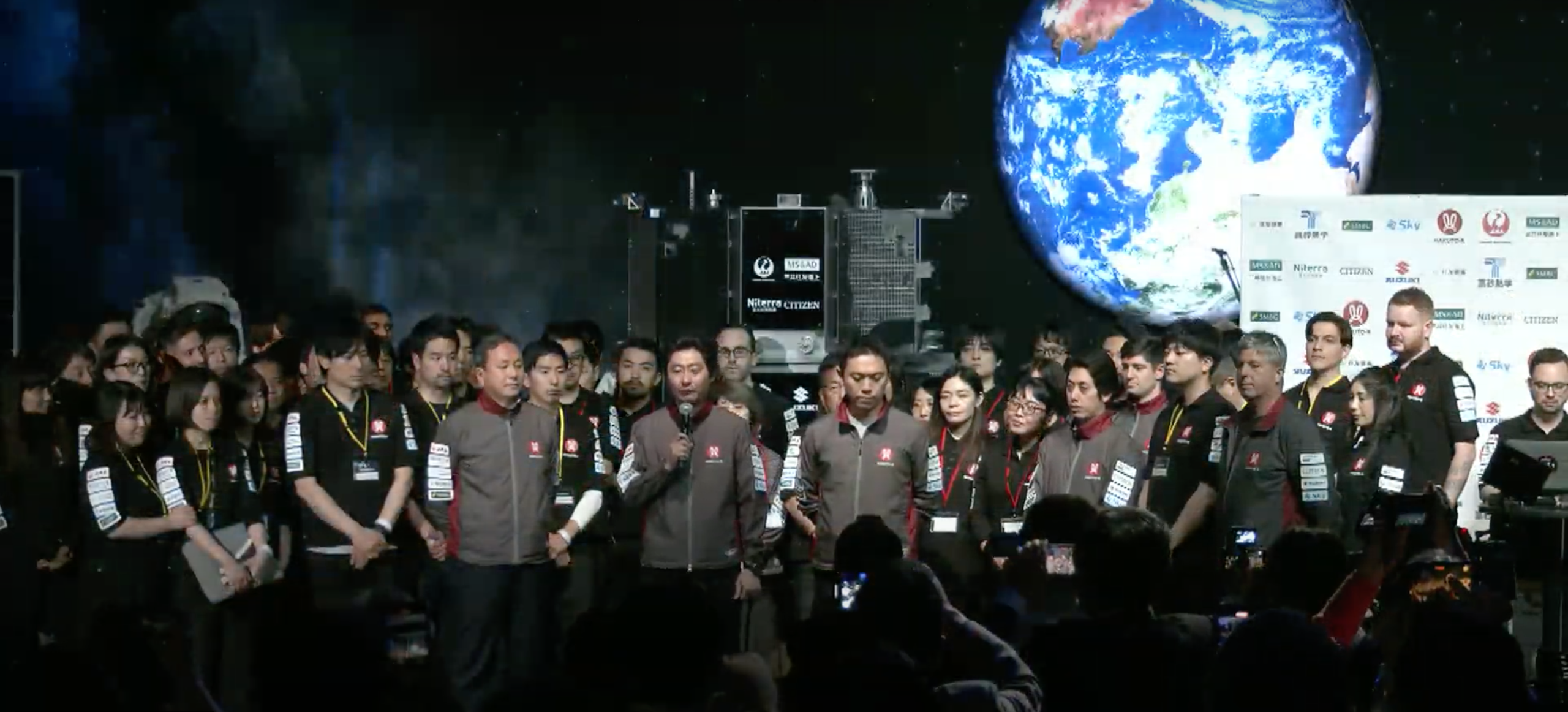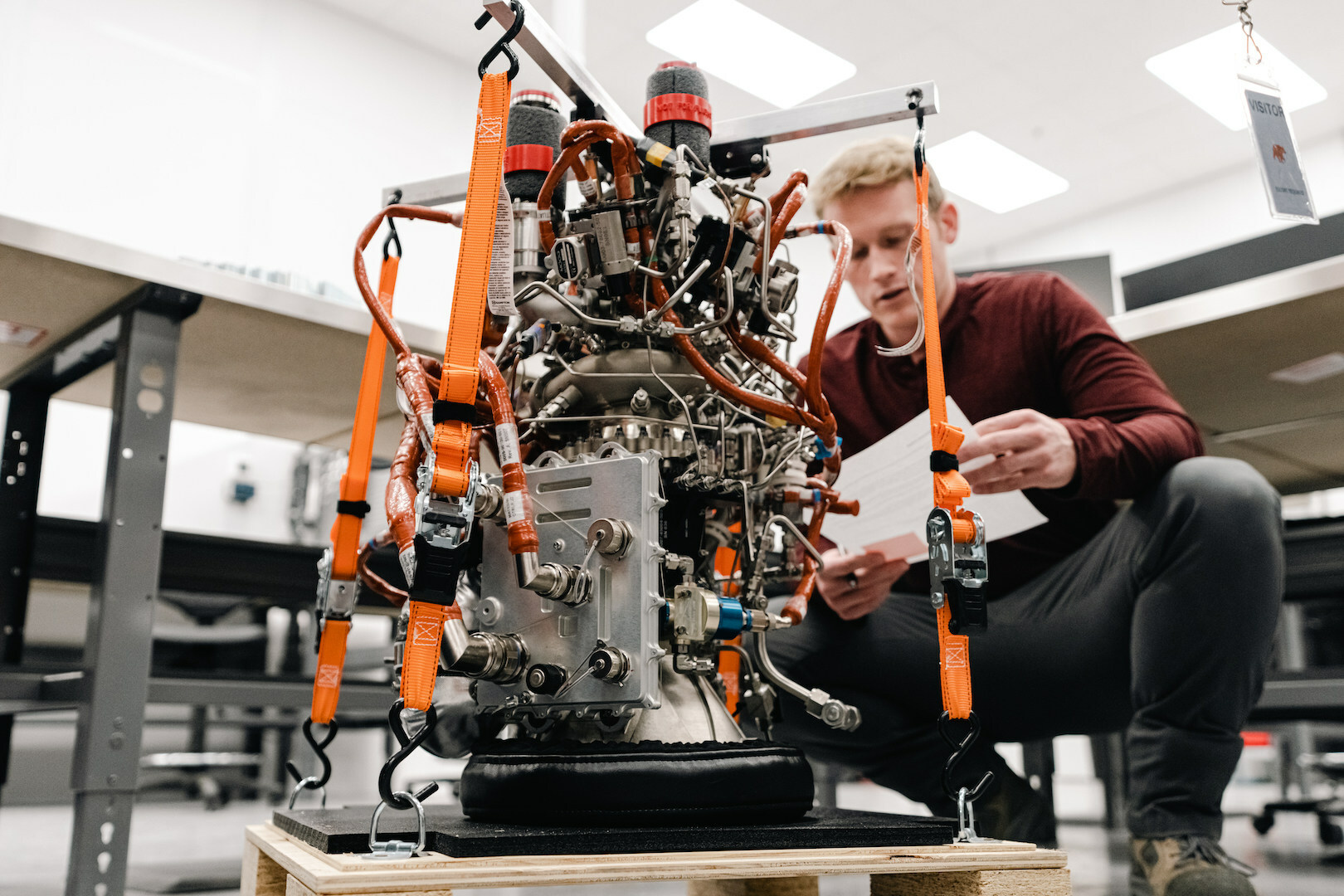
Hello and welcome back to Max Q!
In this case:
- The presumed missing ispace lunar lander
- Update on Ursa Major
- News from Hydrosat and more
ispace loses contact with the lunar probe seconds before landing
Japanese company ispace lost contact with its Hakuto-R lander moments before it was supposed to land on the moon, a major blow to what the company had hoped would be the first all-private lander to reach the moon.
“At the moment, we are unable to confirm a successful moon landing,” said ispace CEO Takeshi Hakamada in the company’s live broadcast. “Currently, we have not confirmed the communication from the probe. (…) We have to assume that we have not been able to complete the landing on the moon.”
He said that ispace engineers will continue to assess the situation and provide an update once this investigation is complete.
In an interview with TechCrunch, Hakamada said that while it’s possible the probe could be safe and sound on the surface, there’s no data to back that up yet and it’s unclear if images from a lunar orbiter could shed light on the situation as well.

Image credits: Live broadcast of the landing from ispace Hakuto-R (screenshot)
Ursa Major’s deal with Astra and a new tranche of financing
Rocket engine maker Ursa Major has scored some big wins: First, it made public the news that Astra’s new Rocket 4 launch vehicle will use Ursa Major’s Hadley liquid engine to power its upper stage. Then, I found out, the company quietly closed a massive new tranche of financing last October at a pre-valuation of $400 million.
Ursa, led by CEO Joe Laurienti, is building a 5,000-pound liquid oxygen-kerosene engine called the Hadley and a 10-fold larger Ripley engine with 50,000 pounds of thrust. The company eschews the vertical integration model that has historically dominated the airline industry. Instead, it just focuses on the engine, which is one of the most difficult parts of a rocket to develop.
“We really like the idea that we’re a technology development company, and companies that launch rockets today shouldn’t be flying the same engine that they designed for their rockets 10 years ago,” Llorente told TechCrunch in an interview last year. “This is the pattern we see in vertical integration.”
Ursa’s other public customers include small launch companies Phantom Space and Stratolaunch. The company also secured an engine delivery contract with the US Air Force.

Jordan Furness, Ursa Major’s Director of Vehicle Operations, reviews the Hadley engine before it’s shipped to the Astra. Image credits: Ursa Major
More news from TC and beyond
- Astra It will provide five spacecraft thrusters for the launch of the Apex Space Satellite Bus Platform. (astra)
- Astrobotics SpaceX has selected Falcon Heavy to launch the Griffin lunar lander to the moon in the last quarter of this year. (Astrobotic)
- astral He secured a loan agreement and opened a new line of credit with two separate Japanese banks, each for about $22 million. (astral)
- hydrosat It closed $20 million in new funding to expand its operations, including putting the first two infrared thermal satellites into orbit. (Techcrunch)
- NASA And its partners have confirmed that they will support operations on the International Space Station until 2030, and Russia has agreed to support operations until 2028. Long live the International Space Station! (NASA)
- quantum space It is accelerating the launch schedule of the Ranger orbital transport vehicle in response to growing customer demand. (space news)
- SpaceX An orbital spacecraft test scattered debris over hundreds of acres and covered a nearby city in dust. (bloomberg)
- US Space Force agreed to lease Space Launch Complex 6 to SpaceX for the Falcon launch. (USSF)
I brought you Max Q, The workers’ song. If you enjoyed reading Max Q, consider sending it to a friend.
Max Q: Expect the Worst, Hope for the Best by Aria Alamalhodaei originally posted on TechCrunch
